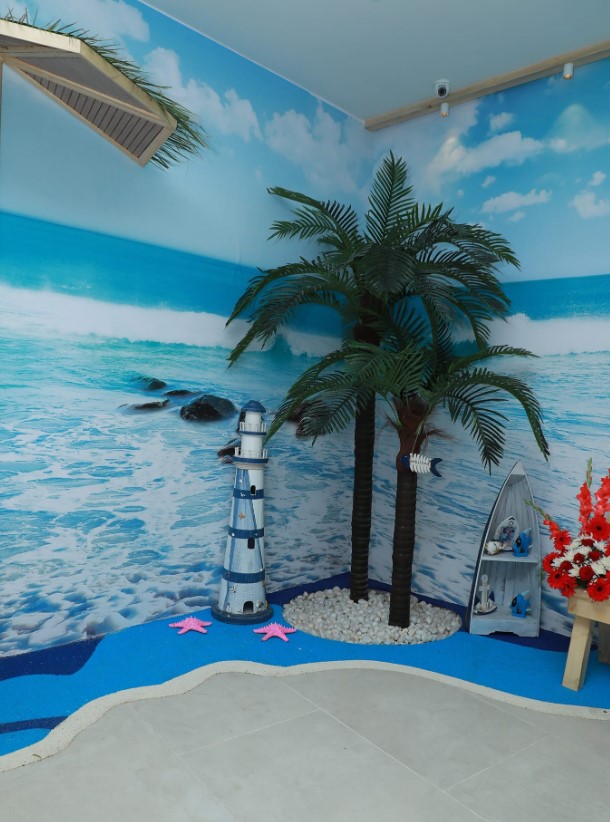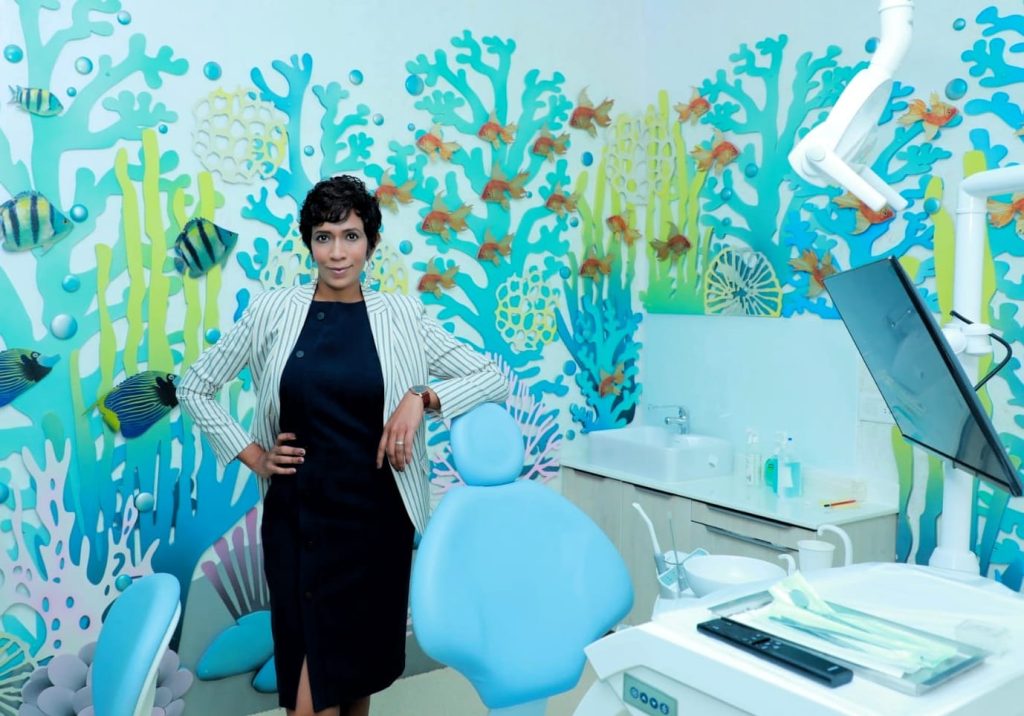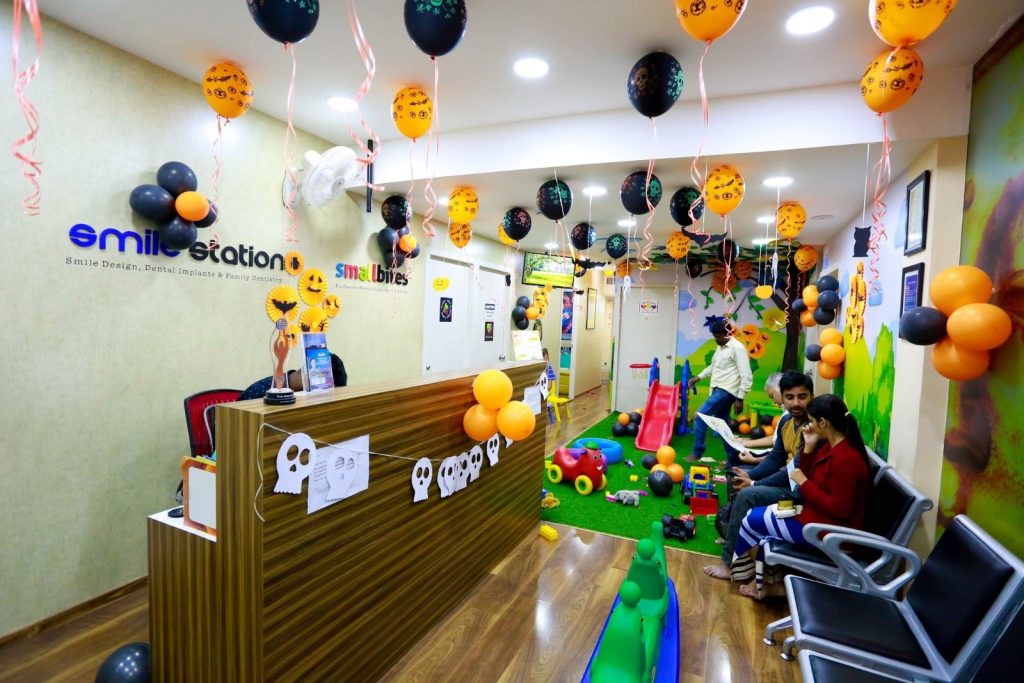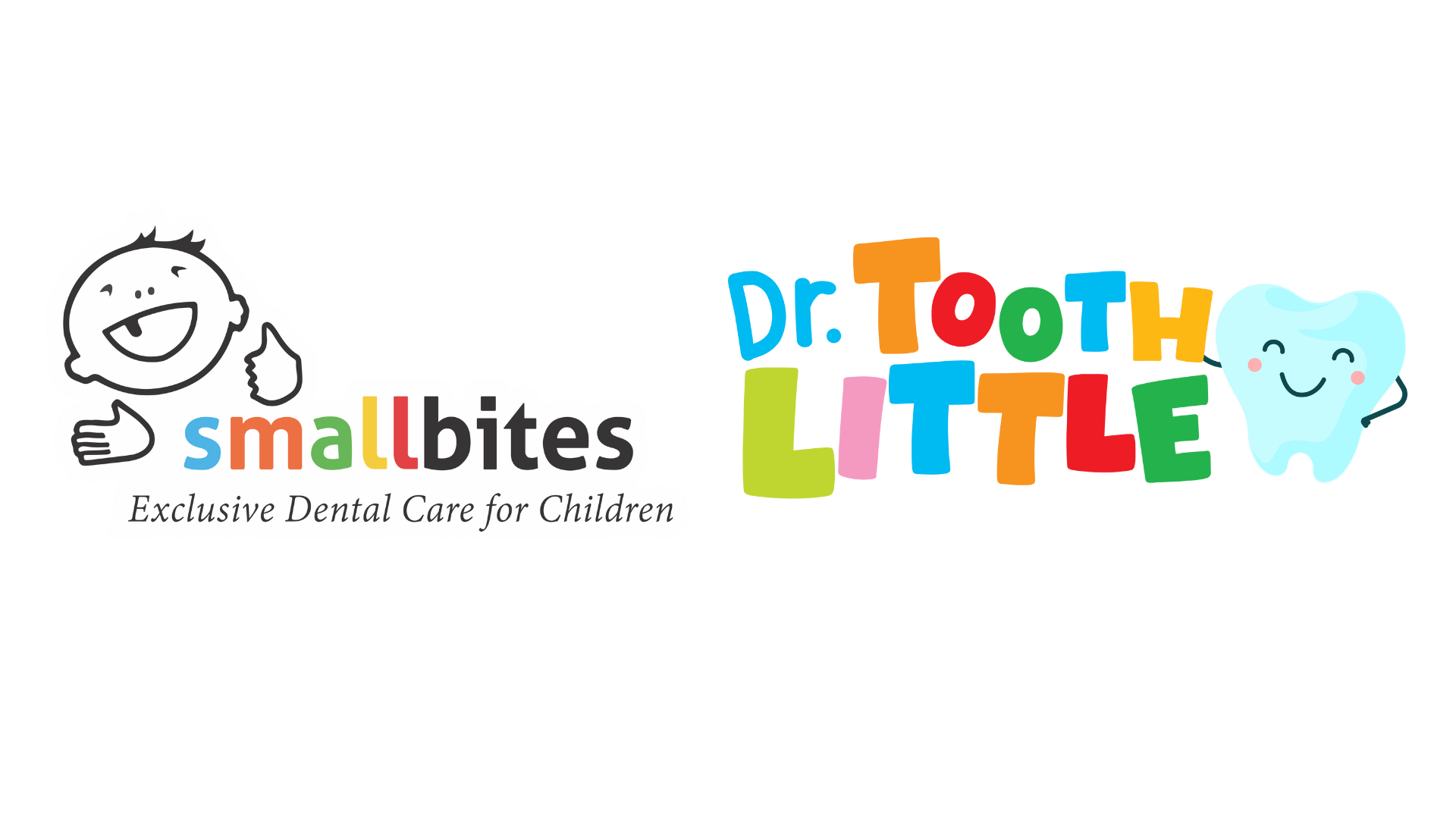Part 2: The 3 Criteria for Sensory Space Design in Pediatric Dental Clinics
This blog is a part of a series on ‘Sensory Design for Pediatric Dental Clinics in India’. You can find Part 1 here.
As people, we perceive what is around us through our senses. Therefore, none of our realities are alike. Even people from the same family or with similar genetic traits feel their surroundings differently. At the basic level, sensory perception is the use of senses in our possession – hear, sight, taste, touch, smell to constantly and continuously assess the world around us. In earlier times, our ancestors relied on only these to keep themselves safe, to hunt for food, to smell danger and more. As people began to settle, develop communities, and build structures, our reliance on senses considerably reduced with the increased comfort and predictability around us. However, as humans, our inherent nature still depends on an assessment of the surroundings, and we must recognize more than ever the need to respect, address and ensure that whatever the kind of surroundings people are in, it must make them relaxed and must be tailored for the amount and kinds of stimuli they can take. This is where sensory space design in dental clinics comes into play.

In dental care and general healthcare centers, the need for sensory adaptiveness is greatly required, because people often visit the space in a compromised state. A child visiting a clinic is already vulnerable to excessive stimuli, afraid of the newness of the place, unsure about what to expect, and with undeveloped emotions to deal with the situations presented to them. In such a scenario, the only way to make them comfortable for any kind of treatment is to ensure that the space adapts to their individual needs. This is a tall ask for a clinic that caters to many different children with different needs. Below therefore are 3 common factors or criteria that can give you insights on common sensory space design concepts for pediatric dental care.
- Space as a trigger for stimuli – A dental center goes beyond just white walls and minimal, strict seating. Because of its starkness and predictability, it can be intimidating for children, and often even adults. Those with sensory issues or heightened response to stimuli are even more overwhelmed with healthcare centers or dental clinics. It is therefore important to bear in mind that a space that calms little ones must be open, wide, airy and bright. It should flow like water, from the sitting area to the corridors, from the rooms to the spaces outside. Filled with all kinds of things that children love, it is almost like replicating their play rooms, ensuring that they forget where they have come and what is it they need treatment for.
- Resonant with child-led themes – Equally distracting for children, and at once giving them a feeling of stepping into a wonderland is the theme with which the clinic has been designed. Whether a sports themed space with painted walls and games to indulge in, or balloons all over and a feel of clouds, children lose themselves in the wonder of the place. At Small Bites, the beach-themed interiors envelop the entire space, from the textured wave-like flooring to the wooden oars, boatyard themed wall décor and sea themed subtle lighting, ensuring the child doesn’t even realize the work that’s happening with their teeth and is so lost in the space.
- Adheres to sensory perceptions – Sound can be very triggering for children, the continuous single-tone decibels or even contrasting silence can be very unnerving for them. To counter the surrounding silence or alternate loud noises, clinics should be designed with acoustic absorption, textured flooring and carpeting to absorb excessive sounds. A varied soundscape gives children and even adults calm acoustics to center them, calm them and navigate the time spent.

Similar with sight, is the need for space to have soft lighting, natural light as much as possible. At Small Bites again, each of the dentist’s rooms are embellished with multi-layered, multi-colored lighting that can be dimmed and brightened based on the need of the doctor or the patient’s comfort. These are intriguing, playful and transform the space from floor to ceiling like a deep-sea exploration experience.
Touch is an equally crucial aspect to Sensory Adaptive Experience Centers (SADE). Texture plays a very important role in comfort; from the textures of walls and floors that the child walks on, to the upholstery and carpeting. Having varied textures makes the ambience more versatile and comfortable for children to adapt to.

In the design of SADE pediatric clinics, it is essential to consider a child as a patient, but also the individual whose sensory needs must be met with, in addition to the physical and medical needs. Small Bites has ensured that every aspect has been tailored specifically for this, making it one of India’s only Sensory Adaptive Experience Center, and extensively championed by Dr.Premila Naidu, who works with kids of all ages and all kinds of sensory needs to make the dental experience most comfortable for them.

